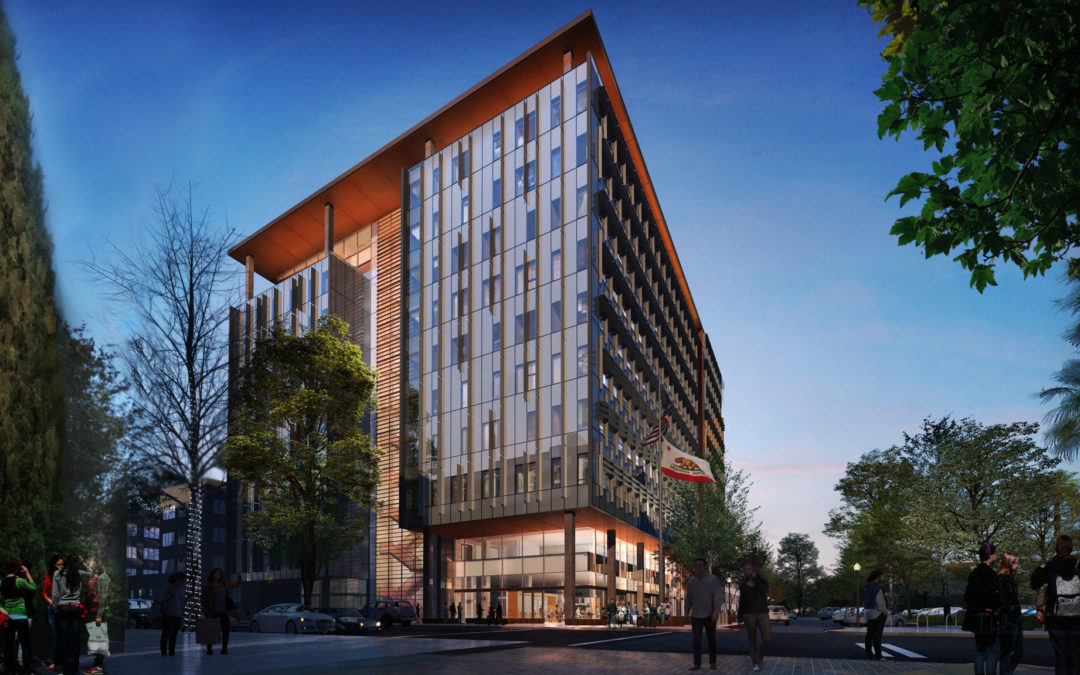
Centerline Team November 15, 2018
As one of the West Coast’s premier general building contractors, Rudolph and Sletten has been at the forefront of new building technology and cutting-edge trends for over 50 years, producing some of the most recognizable and iconic structures in California. The company focuses on markets requiring technical expertise such as biotech, pharmaceutical, higher education, healthcare, technology, high-rise, corporate campus, and justice.
More
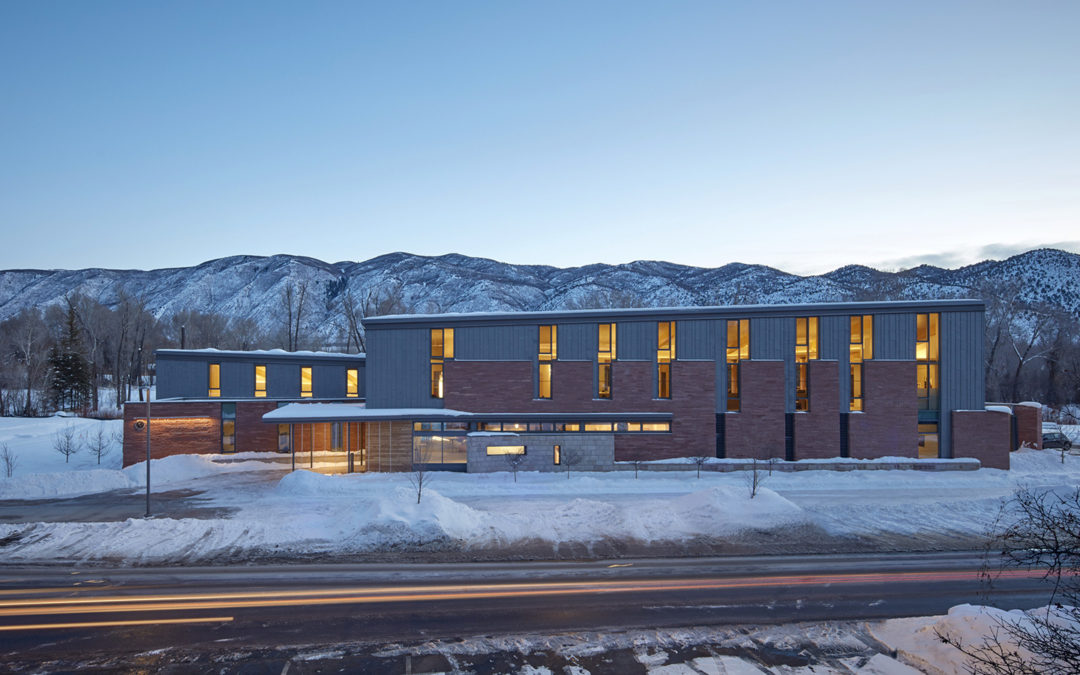
Centerline Team October 15, 2018
Now in its twelfth year, the Livable Buildings Award recognizes projects that demonstrate high occupant satisfaction, excellent design, and innovative operation strategies. This year, we are pleased to announce the Rocky Mountain Institute Innovation Center as the top winner, with an honorable mention for the Pomona College Seaver Laboratory and Andrew Science Hall.
More
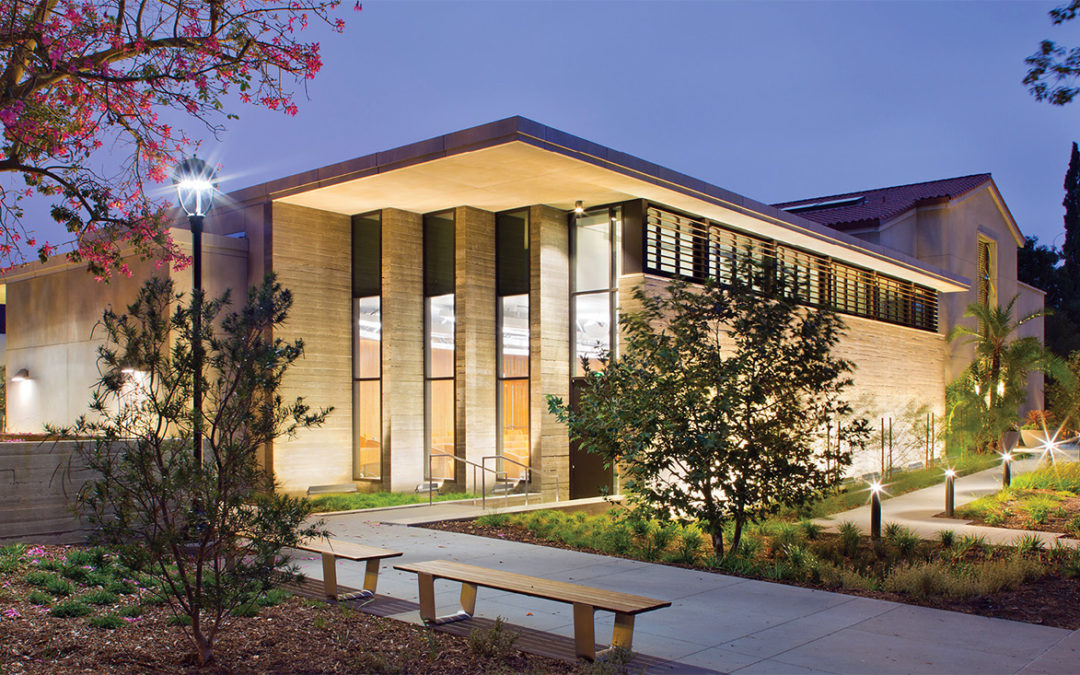
David Lehrer October 19, 2017
As part of a four-year study on the design and operation of radiant systems, CBE collaborated with NBI and TRC Energy Services to complete nine case studies of commercial buildings that demonstrate good performance in terms of both energy performance and occupant satisfaction in buildings with radiant systems. The projects represent diverse approaches to radiant system design, including in-slab and ceiling panel solutions.
More
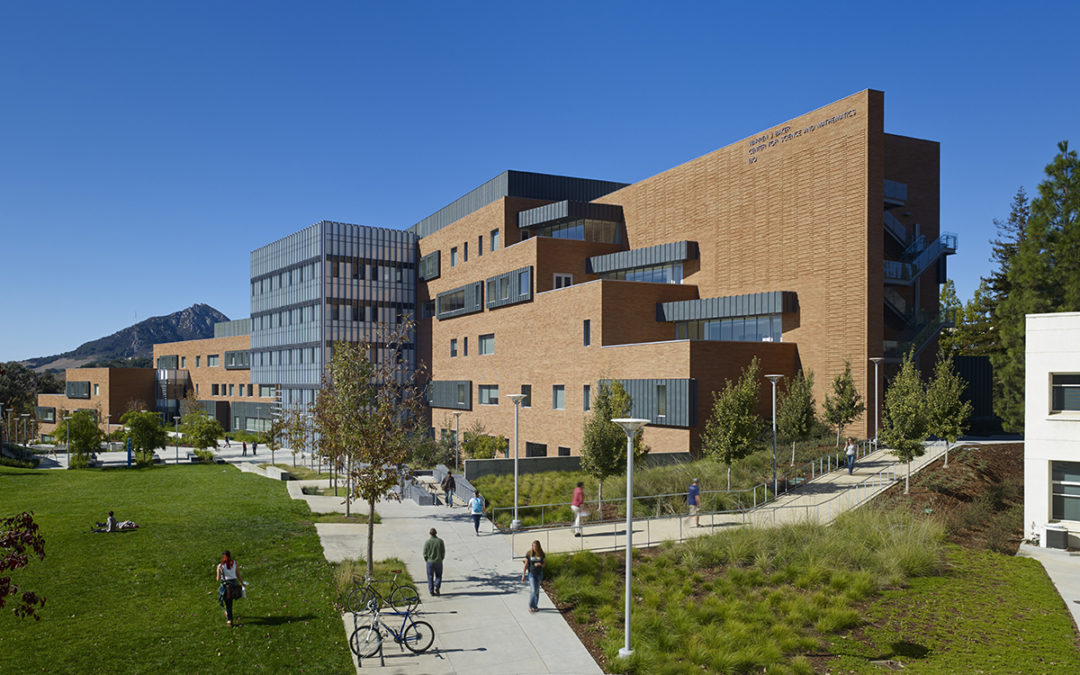
Centerline Team August 22, 2017
Four buildings that showcase sustainable design and provide high quality spaces for work and study have been recognized as part of the annual Livable Buildings Award, a program of UC Berkeley’s Center for the Built Environment (CBE). Although the four projects represent diverse building types, they all share success in providing indoor environments that achieve the highest levels of occupant satisfaction, as measured by CBE’s Occupant Survey.
More
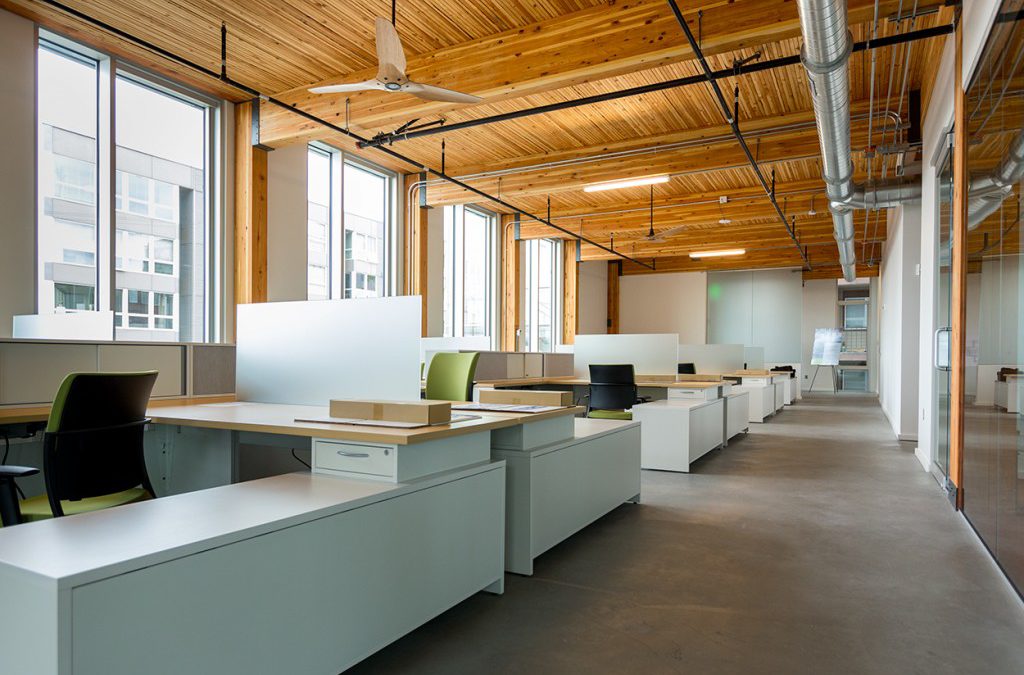
Centerline Team July 14, 2017
Two reports released from UC Berkeley’s Center for the Built Environment provide valuable insights into the effectiveness of radiant cooling and heating systems, a promising HVAC technology that is becoming increasingly used in commercial buildings in North America, including in a high proportion of ultra-low and zero-net energy buildings. These reports reveal how such systems work in practice, analyzing comprehensive data from a large group of buildings in operation.
More
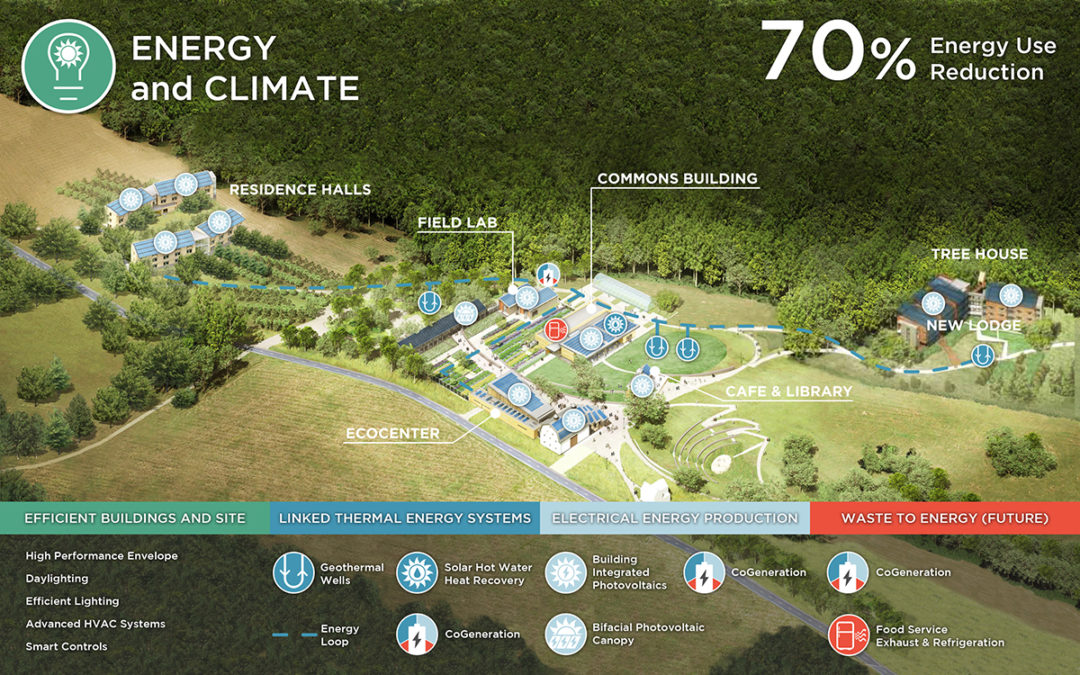
Centerline Team July 14, 2017
After a short hiatus, Interface Engineering rejoined CBE’s industry consortium this spring. With the firm’s emphasis on low-energy integrated design and creative collaboration, Interface’s participation will add significant value to CBE’s membership community.
More






